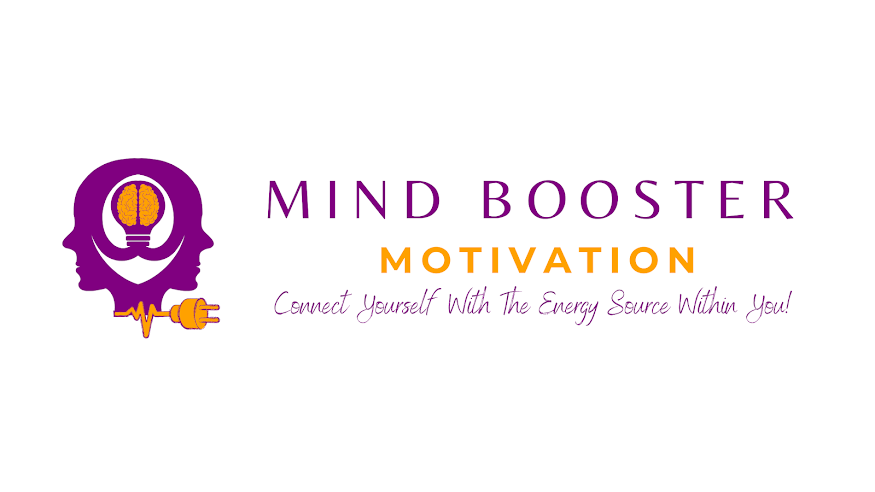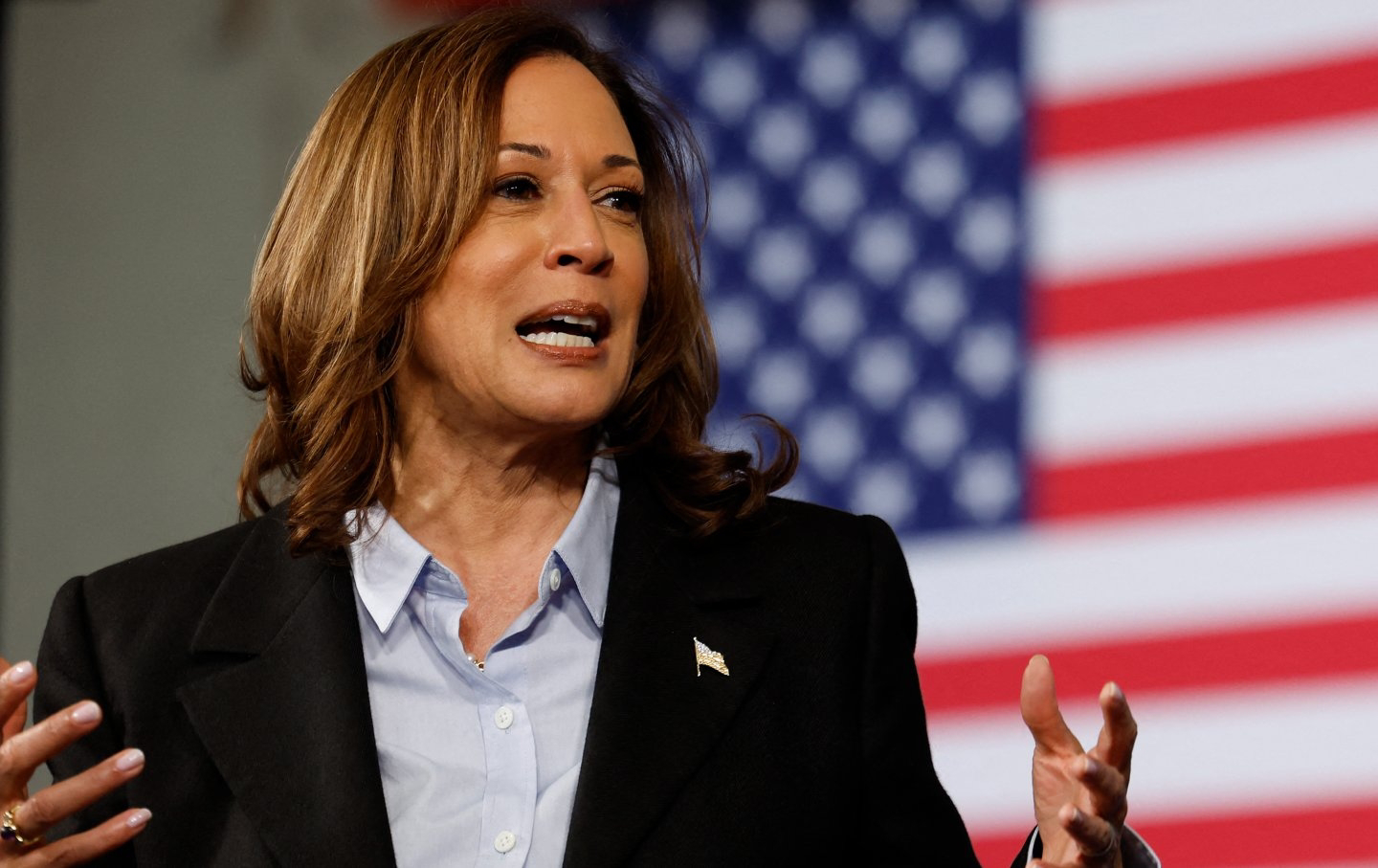The Art of Connection: How Kamala Harris’s Communication Strategy Could Shape Her Path to the White House
The Art of Connection: How Kamala Harris’s Communication Strategy Could Shape Her Path to the White House
In today’s polarized political landscape, effective communication has become one of the most valuable skills for any politician, especially for those with aspirations as high as Kamala Harris. Her approach to connecting with the American public combines authenticity, cultural resonance, and linguistic skill, honed over decades of public service and activism. On Mind Booster Motivation, we delve into how Harris’s communication techniques have evolved to position her as a relatable yet authoritative figure in American politics.
1. Code-Switching for Relatability and Authority
Kamala Harris is a master of code-switching—a technique in which a speaker adapts their language and tone based on the context or audience. Harris uses this approach to move seamlessly between formal political language and a conversational style that draws from African American Vernacular English (AAVE). For instance, when she said, “Dude gotta go,” about Donald Trump, her words struck a chord because they were casual, pointed, and instantly relatable. This phrase turned into a viral catchphrase, embodying her ability to simplify complex sentiments into memorable sound bites.
This balance between informal and formal language allows Harris to communicate effectively with diverse audiences. While her use of AAVE subtly signals solidarity with Black and multicultural communities, she switches to a more traditional tone when discussing formal topics like the economy or foreign policy. This dynamic approach mirrors her diverse background and establishes her as both a figure of authority and an accessible leader.
2. Storytelling as an Emotional Anchor
Harris frequently employs storytelling to make abstract policies personal and relatable. She often draws on her own life experiences, such as her upbringing in California and her career as a prosecutor, to ground her discussions on racial justice, economic reform, and climate action. By weaving in personal anecdotes, Harris taps into the power of storytelling to forge a genuine connection with her audience, making her policy stances feel relevant to the daily lives of Americans.
For example, Harris has shared stories of her mother’s influence on her sense of justice, illustrating how deeply personal values drive her policy choices. These stories provide audiences with insight into her motivations, which can be especially effective for building trust and showcasing her authenticity.
3. Persuasive Use of Inclusive Language
Kamala Harris consistently employs inclusive language, frequently using “we,” “our,” and “us” to create a sense of shared purpose. This language invites listeners to see themselves in her vision, making her message feel both collective and empowering. By fostering this shared identity, Harris positions herself as an ally and a representative of “the people” rather than a distant politician.
During her speeches, Harris often addresses complex issues like racial equality or healthcare reform in ways that emphasize community and collective responsibility. This choice of words and framing not only strengthens her connection with her audience but also aligns her image with the qualities of empathy and unity, traits that resonate with many Americans.
4. Leveraging Vocal Tone and Body Language
In addition to verbal techniques, Harris’s vocal tone and body language play significant roles in her effectiveness as a communicator. When discussing topics with emotional weight, her tone is softer and her body language more open, projecting empathy and accessibility. Conversely, when addressing formal matters, her tone is firm, and her gestures assertive, signaling confidence and authority. This modulation helps Harris connect with both grassroots supporters and traditional audiences, underscoring her versatility.
Her body language, such as steady eye contact and decisive hand gestures, complements her verbal communication, reinforcing her message. This polished yet approachable demeanor has been critical in conveying both warmth and competence.
5. Power of Repetition and Positive Language
Harris’s speeches are marked by the use of repetition and positive language to strengthen her message. She frequently emphasizes words like “justice,” “opportunity,” and “truth,” which become core to her brand. These values are consistently woven into her speeches, establishing a sense of purpose and optimism that resonates with audiences looking for hopeful leadership.
Positive language helps her frame challenges as opportunities for growth and change, an approach that has proven highly effective in rallying support. By aligning her message with the American ideals of fairness and progress, Harris is able to maintain a hopeful tone even when addressing difficult issues.
Conclusion: Communication as a Catalyst for Connection
Kamala Harris’s communication strategy demonstrates that words can transcend politics when used with authenticity, inclusivity, and emotional resonance. Her ability to blend authority with approachability, to share personal stories alongside formal policy, and to speak to diverse audiences through strategic language makes her a standout communicator. Through these techniques, Harris connects with people on a deeply personal level, laying a foundation that could support her path to the White House.
In a time when many Americans are looking for leaders they can relate to and trust, Harris’s well-crafted, empathetic approach to communication sets her apart. As she continues to refine and deploy these strategies, her speeches may well become a model for future politicians seeking to make a meaningful impact.









Comments
Post a Comment